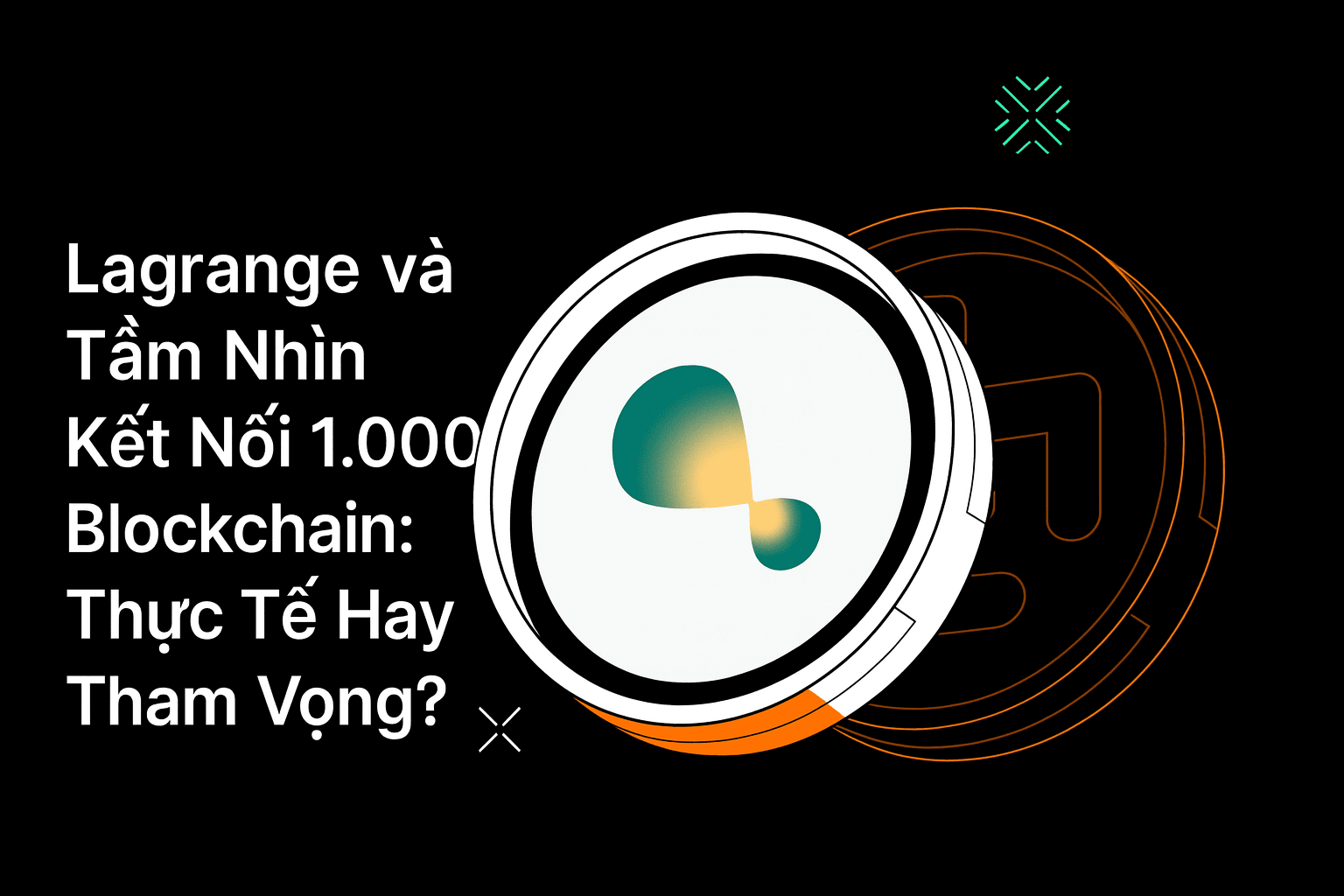@Lagrange Official $LA and its role in connecting modular blockchains
In the era of modular blockchains, architecture is no longer bound to an all-in-one chain like the original Ethereum. Instead, core functions such as Data Availability (DA), Execution, and Settlement can be separated into specialized layers. The biggest challenge of this model is interoperability: how different blockchains can communicate and share data securely, quickly, and in a decentralized manner.
This is where Lagrange comes in. Lagrange provides a cross-chain interoperability protocol optimized for the modular ecosystem. Instead of requiring traditional bridges that often rely on centralized parties or pose security risks, Lagrange uses cryptographic proofs to verify a chain's state before transmitting information to another chain.

The strengths of Lagrange lie in:
ZK Proofs: The application of zero-knowledge proofs helps verify cross-chain data without revealing the entire state. This reduces costs and increases security.
Composable Interoperability: Execution layer blockchains can easily access data from various DA layers, thereby opening up the space for building cross-chain dApps.
Scalability: Instead of relying on a limited bridging network, Lagrange allows for expansion across multiple chains simultaneously, aligning with the multi-layered Web3 vision.
In summary, Lagrange acts as a reliable communication layer, enabling modular blockchains to connect without compromising security or performance. This allows developers to build seamless decentralized applications, leveraging the power of multiple blockchains at once.
@Lagrange Official #lagrange #la



